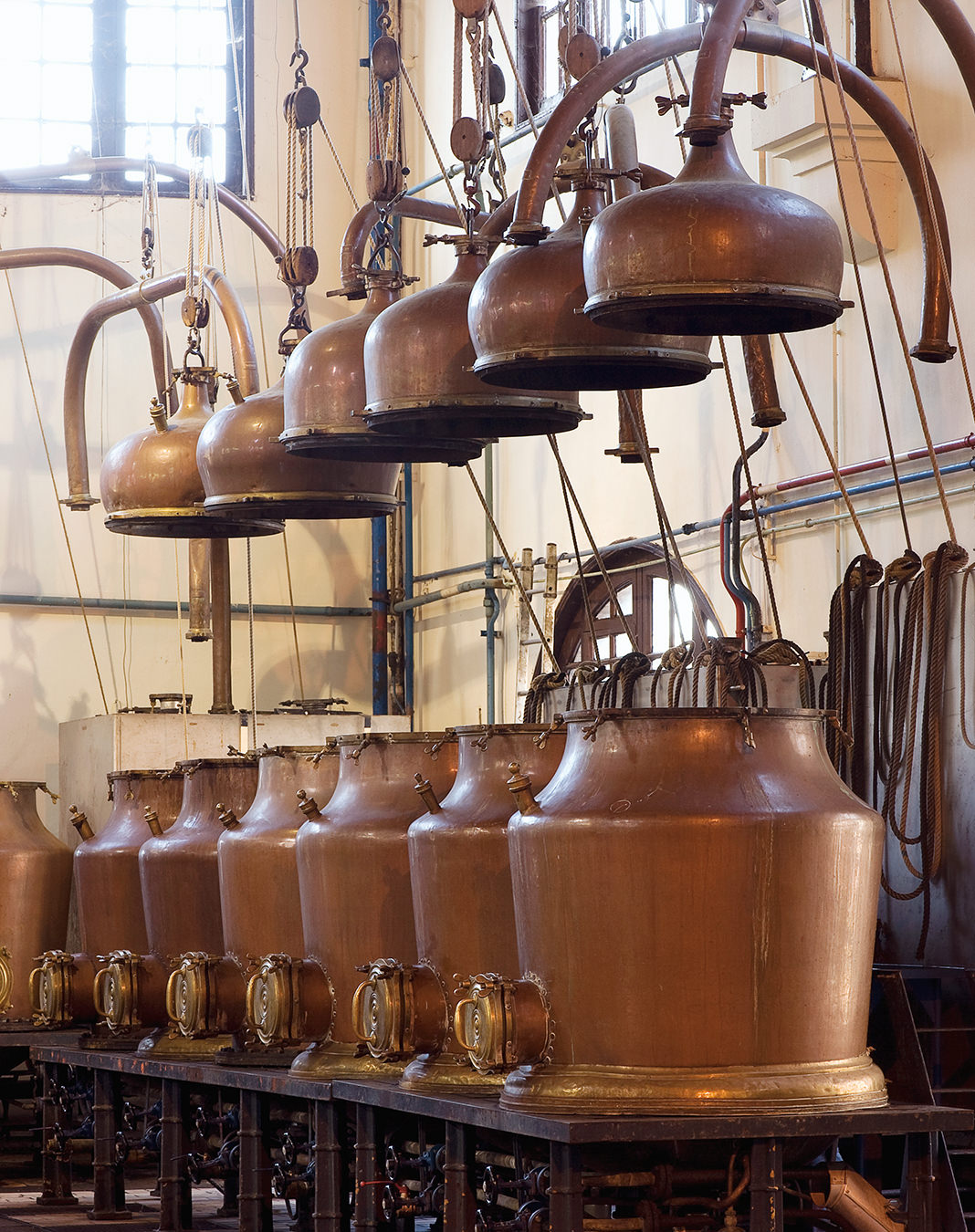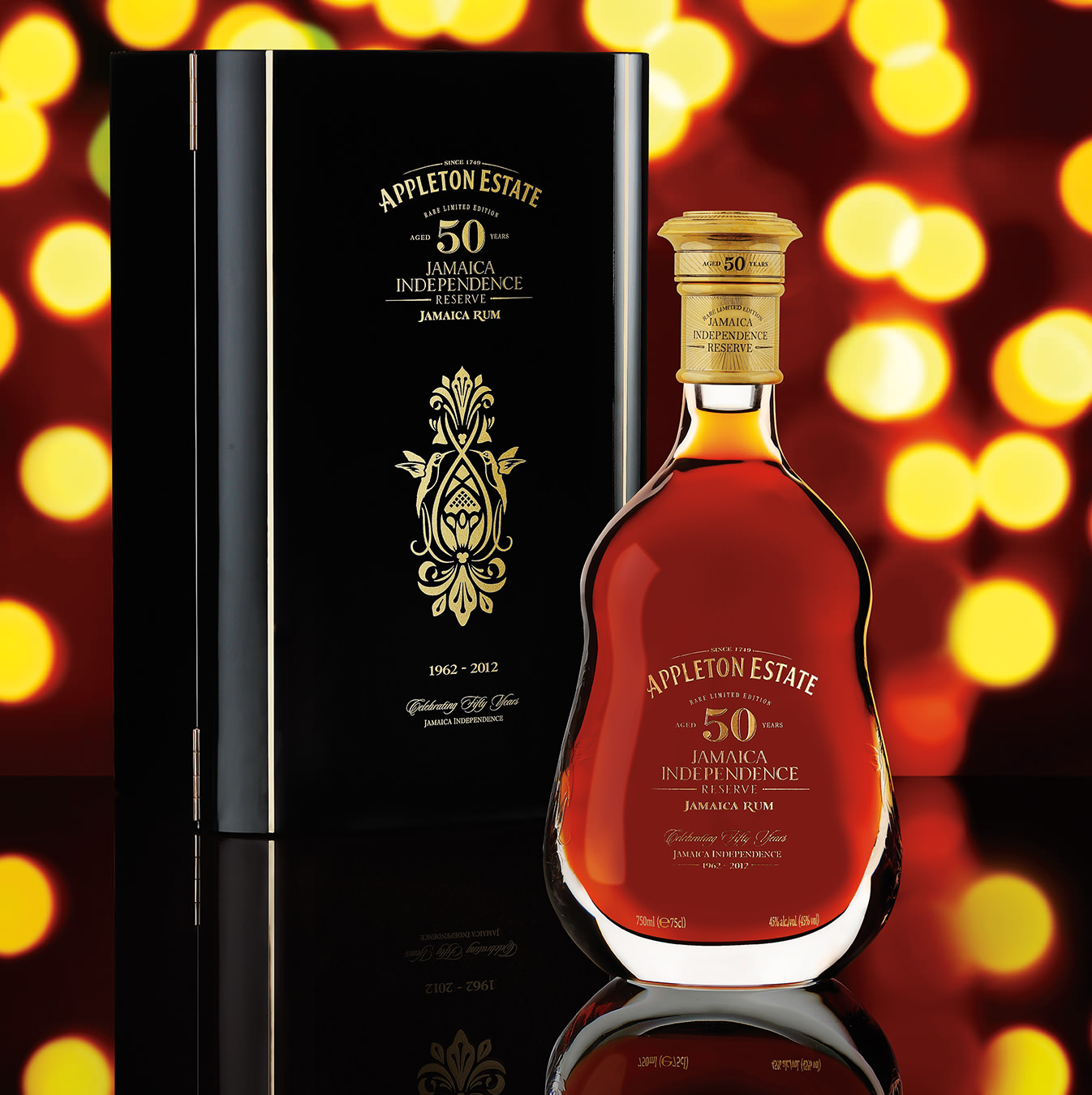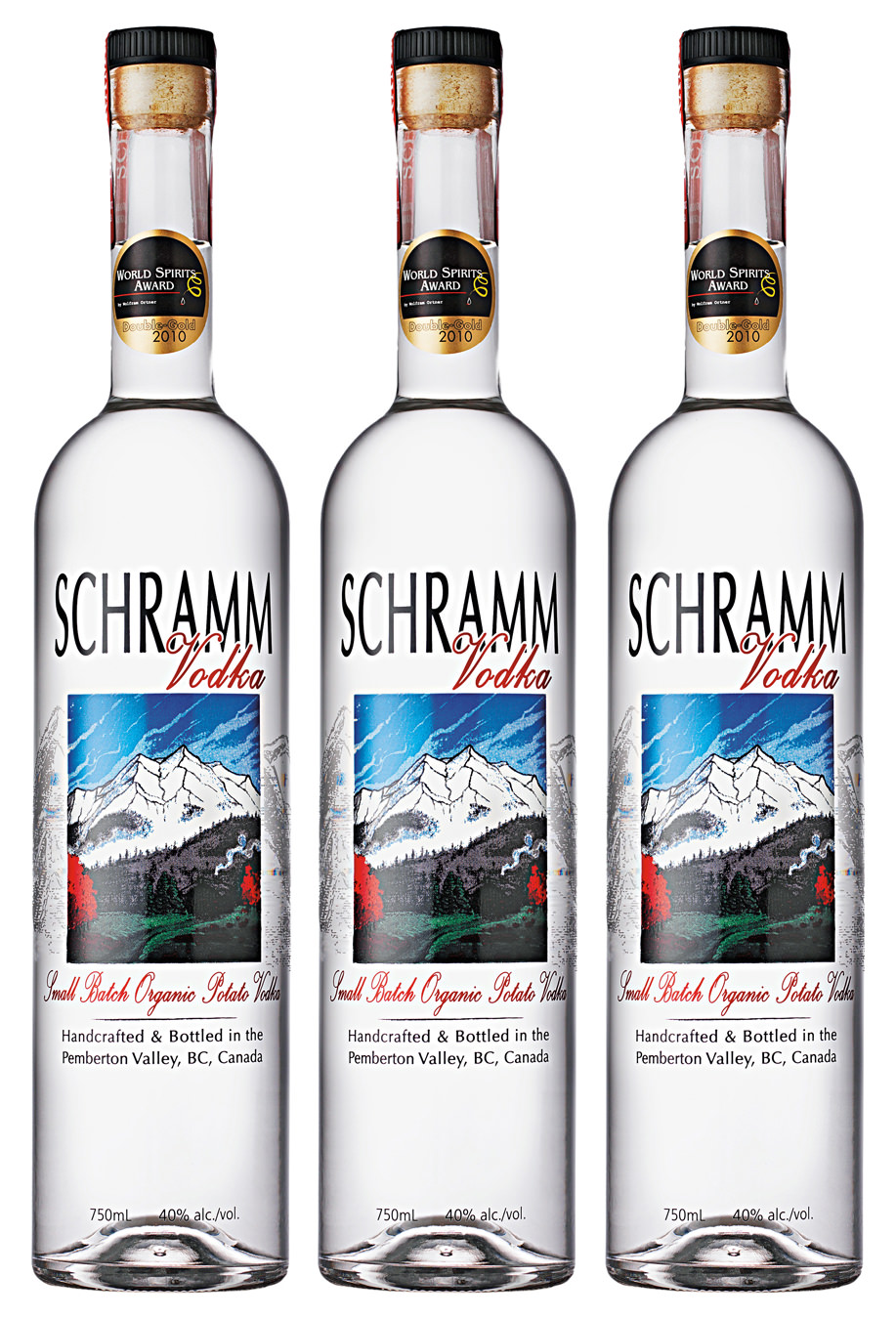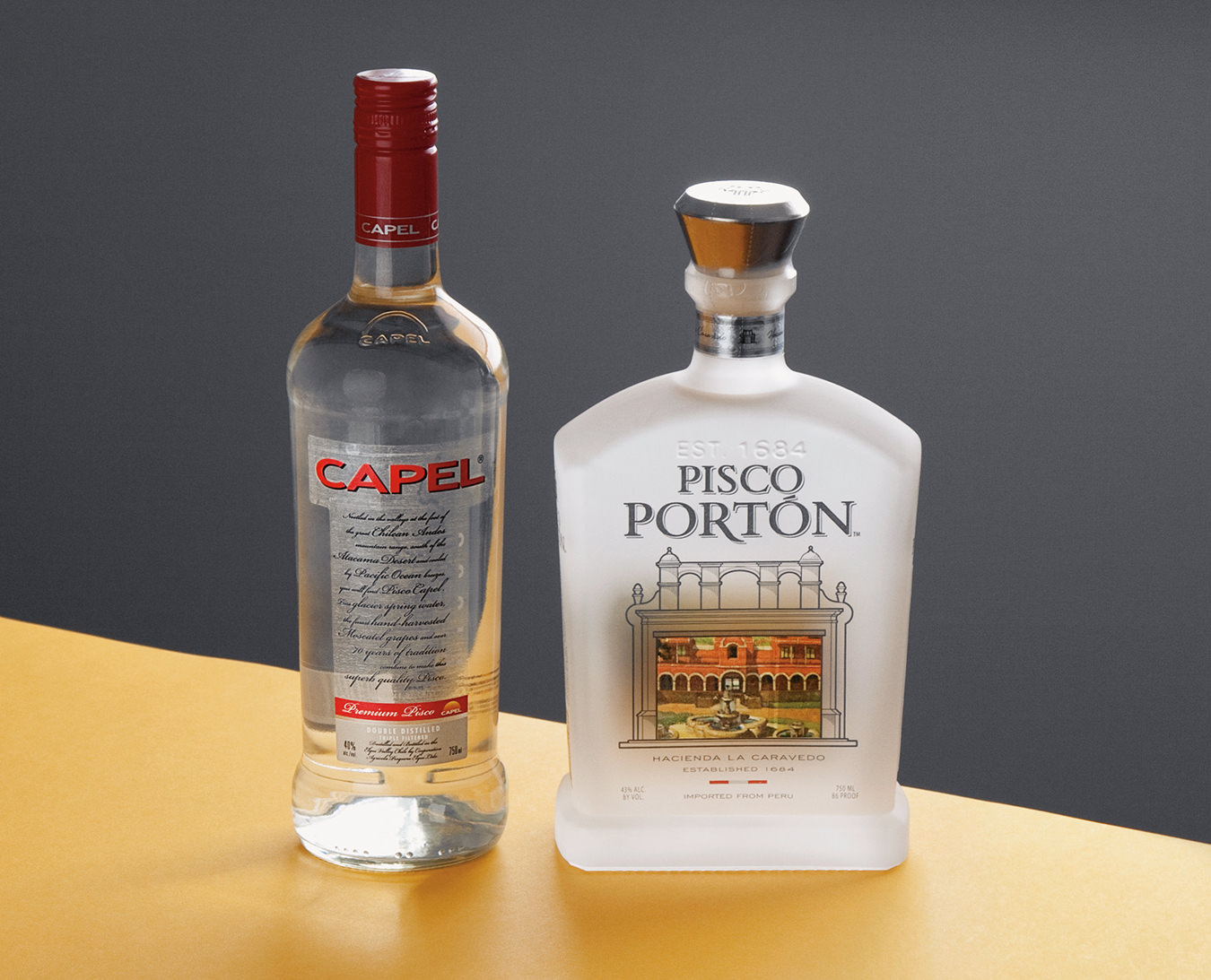Sherry Fever
The revival of the ultimate wine.
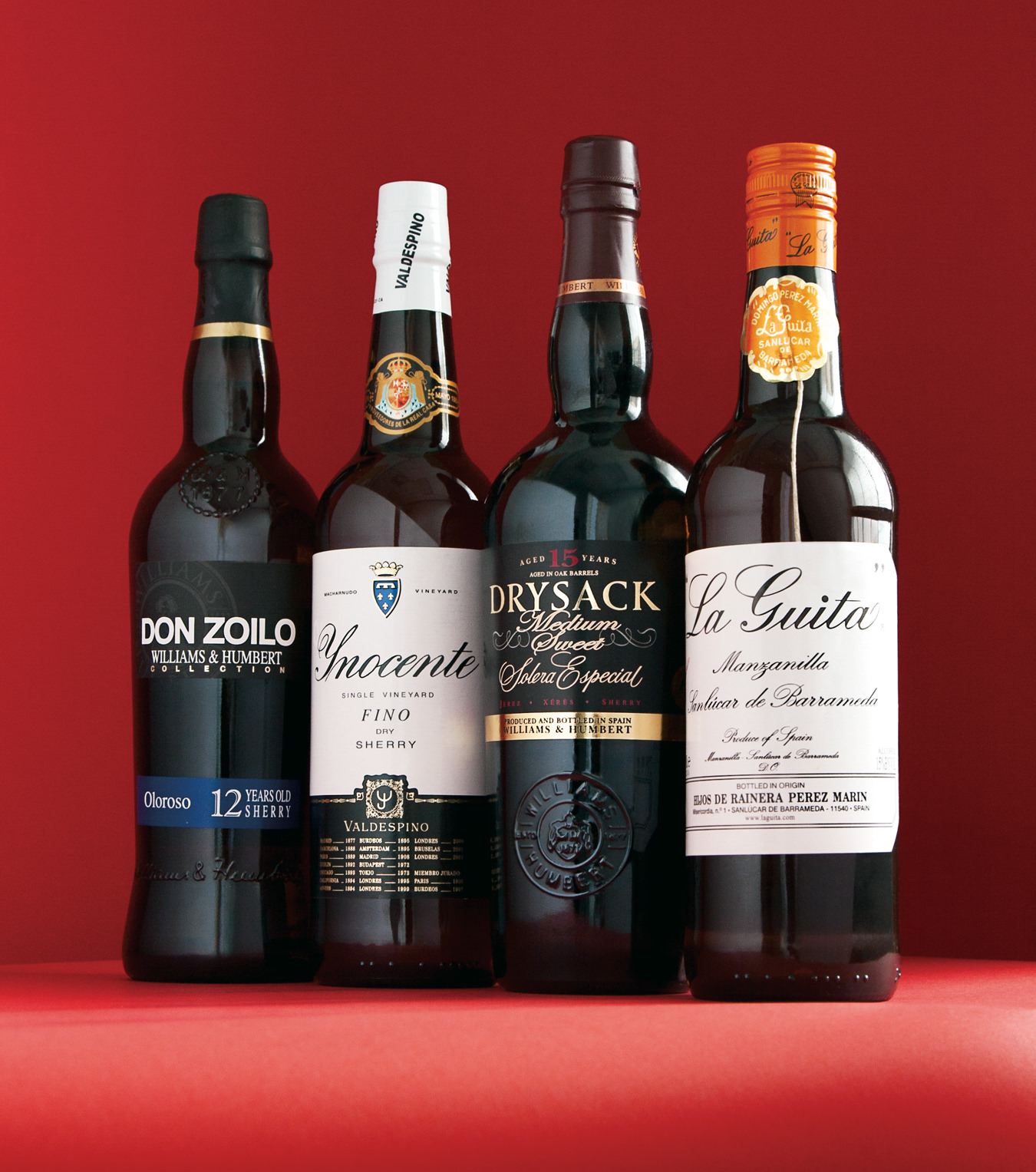
Sherry has returned. It has reached a near-cult status with bartenders, and when you look at this recent revival, it makes complete sense. From the hands of bartenders flow the tastes of everyone else, and sherry is likely to cross your path sometime soon, if it hasn’t already.
Sherry is, at the core, a fortified wine, born from the palomino grape. It is the unique processes from ground to glass in sherry production that result in exciting and ample options. Like tequila, champagne, or cognac, sherry is a highly regulated, region-specific type of alcohol.
Spain is the only place it may be produced, with all styles coming from three specific towns—Jerez, Sanlúcar de Barrameda, and El Puerto de Santa María—in the southwest. This region is known affectionately as “the sherry triangle”. Most people enter the category and fall in love with one of the top four classic styles—manzanilla, fino, amontillado, and oloroso.
The history of sherry focuses, of course, on Spain, but it is important to consider England when looking at the movement of sherry around the globe. The Spanish and surrounding countries in Europe savoured this wine at home, but it was the English who fell in love with the sweeter, aged styles. They were responsible for shipping these around the globe and, luckily for us, to the bars and shops of North America.
Sherry became the darling of dinner tables, poured neat and also called for in mixology’s classic years of cocktails: the late 1800s to early 1930s. The sherry cobbler was one of the most popular American cocktails in history. A warm weather tipple made from citrus, sherry, and sugar, served over a mountain of crushed ice, it was first mentioned in print in 1838. But stateside, sherry was dealt a blow by changing tastes over the last century, and also by the Prohibition era. It was largely relegated to food recipes as a cooking wine, and by 1960 was all but lost from public request.
The return of craft cocktail culture has done the most to revive forgotten alcohols like gin and vermouth—and sherry, it seems, is the latest back in a spotlight. A manzanilla or a fino is your entry point if you have yet to make acquaintance with sherry, and these are the styles you would encounter when trying a sherry cobbler. Both of these types are considered dry, young styles of wine, and both are affected by flor, a yeast layer that occurs and floats on top of the wine as it rests in the barrel. That layer blocks the wine from contact with the air inside the barrel, and the result—in both manzanillas and finos—is a lighter, more delicate style of sherry.
Manzanilla is Spanish for chamomile, and this dry, bright, and bracing sherry shares a pale yellow hue with the flower. It pairs well with shellfish and a blanket on the beach, and a great example is La Guita Manzanilla. The Bodega Hijos de Rainera Pérez Marín, founded in 1852, produces this dry sherry and the taste will remind you of the sea—a fresh, briny, almost-apple-crisp sip.
Fino follows manzanilla, and where most finos rest around three years in a barrel, there’s a fantastic Valdespino Inocente that rests for eight to 10 years in very old American oak barrels. It’s also a single-vineyard fino, further setting it apart and above many mass-market finos. The piquant, pungent complexity to this medium-yellow fortified wine has a nice salinity and a well-rounded taste, with chalk, stone, hay, and aromatics.
Sherry’s depth of character and ability to play in any season are two of its biggest appeals. When the weather dips, invest in the deeper aged options, like the classic amontillados or a brawny, nutty oloroso.
Amontillados date back to the 18th century and the town of Montilla. Lustau is a popular house that ships to North America, and their dry amontillado Los Arcos won gold at the International Wine Challenge in London in 2013. It is aged in American oak casks, with traditional methods. The result is an inviting amber colour and aromas of hazelnut on the nose. The sip continues with that rich resemblance of nut, and there’s a beautiful lingering finish.
If big, bold flavours are your ideal outcome, reach for an oloroso. It translates to “scented” in English, and is commonly dark and nutty—thanks to that flor being suppressed at an early stage in the barrel aging. This wine has high oxidation; full contact with the barrel; often, an oloroso is also used to create the common, sweeter cream sherries that the Brits have heralded for centuries.
The Don Zoilo Williams & Humbert Collection Oloroso is easy to acquire, and the grapes—harvested in the Pago Balbaína and Carrascal zones of the Jerez Superior region—are aged for 12 years. The colour is rich amber with deep aromas and a traditional nose, with tones of ripe fruits and toasted nuts.
Whether you enter the alluring realm of sherry through a crafted cobbler or you want to start with a neat pour to fully experience the flavours, every avenue leads to something exciting.

